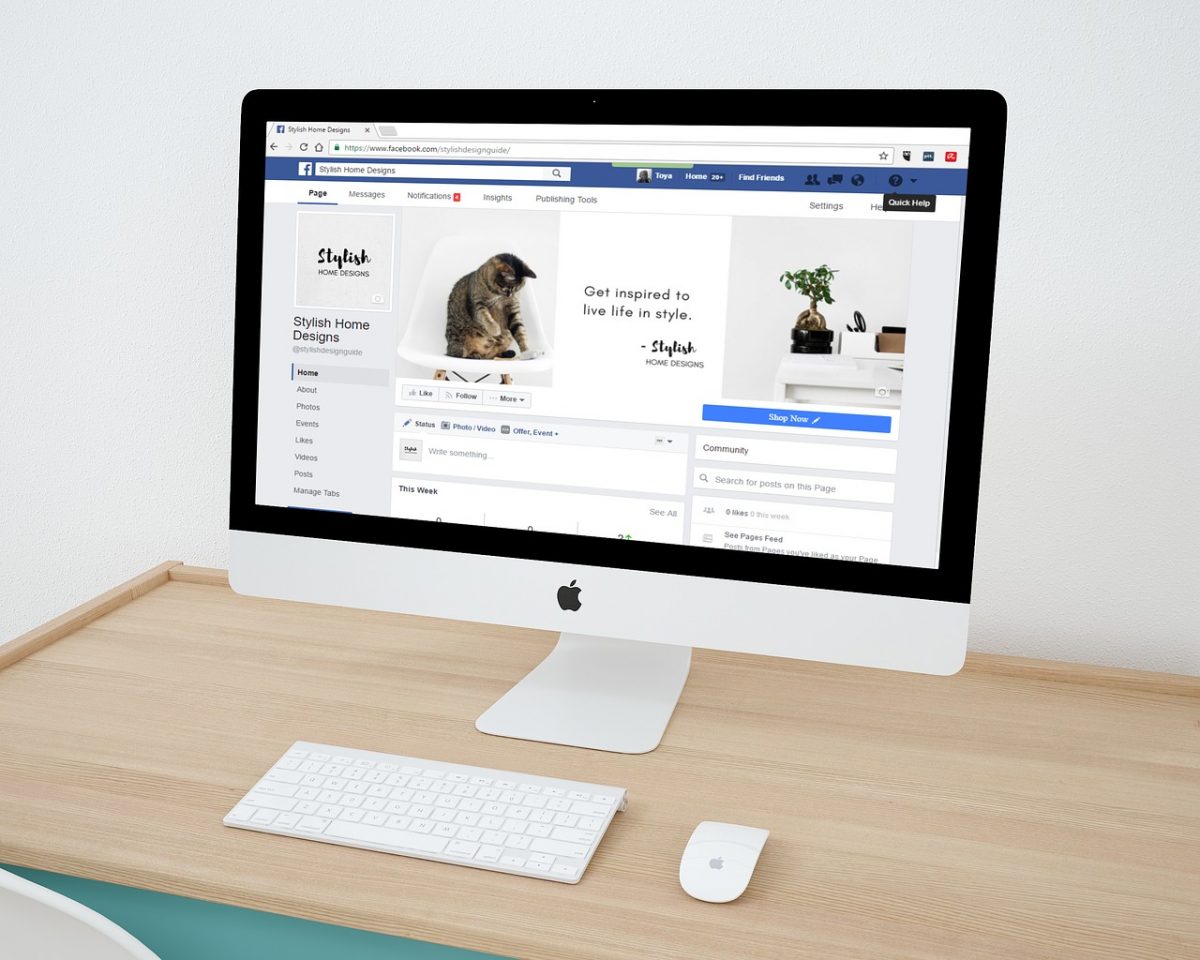It goes without saying that social media is an incredibly powerful marketing tool, especially for small businesses. Facebook is still the reigning titan in that regard. Not only does it have the potential to significantly improve your reach, but it also allows you to engage and communicate with your audience on a deeper level than any other channel.
That said, it’s very easy to do Facebook wrong. While that’s not likely to cause any long-term damage to your brand, it will end up being a wasted effort. Let’s talk about how you can avoid that.
Sleek Photos
They say a picture is worth a thousand words.
For that reason, it’s imperative that both your business page and the majority of your social content leverage high-quality imagery. The profile photo for your page should be sharp, clear, and representative of what you feel is the core of your brand. This could be your logo, an image of a well-known product, or something else that you know will inspire your audience to click-through.
Make sure it’s 180 by 180 pixels and sized so that people are able to tell at a glance what it is.
For your other photos, think about what you can do to make yourself memorable to potential clients or customers. What sort of imagery will resonate with them and make them really remember what they’re seeing? This need not break the bank either, as there are plenty of free photo-editing tools and stock photography websites available for use across the web.
An Accurate, Optimized Business Description
Your Facebook Business Page should act as a one-stop-shop for customers who want to learn more about your brand. Include as much information about your business as you possibly can, including website, address, contact information, and links to other relevant social media accounts. For your business description (About Us), keep it brief and focus on a few core keywords, as you’ve only got 155 characters to work with.
Make sure that you also choose the right category for your page, and select a vanity URL that reflects your brand.
Targeted, Engaging Content
We’ve saved arguably the most important part for last. Look at your competitors and large businesses in your field who are killing it on Facebook. See how they interact with their audience, what sort of content they share, and when and how often they share it.
Then emulate them. Keeping sales-focused content to a minimum, share things you think might be useful to your audience. Content they might find informative, entertaining, or thought-provoking.
Consider automatic post scheduling, and feel free to repost published items that resonated with your audience in the past. Respond to questions and comments on your posts promptly and with an eye for your brand’s personality. Some lighthearted fun usually goes over pretty well, but don’t deviate too far from your core branding.
Lastly, you might consider using pinned posts to allow customers and clients to stay informed about stuff like sales, product releases, and other major events. These pinned posts will stay at the top of your feed for seven days before returning to the bottom.
The advice above is just a starting point. But it’s the first step in shaping Facebook so that it works for you rather than the other way around. And the value of that cannot be understated.
